SPEED UP your iPhone; Do these 6 Changes Right NOW!
Your iPhone may run slowly if it does not have adequate storage for apps to operate smoothly. It might also have numerous apps running simultaneously. These apps utilize RAM space, and when you run several apps at once, the system slows down.
Moreover, you also need to check whether your iPhone has a newer or older version of iOS, as the iOS version can impact its performance. However, if you have upgraded your device to an operating system not intended for it, it may also lag, since the system requires a strong base.
Sometimes, a simple restart can improve performance, as it clears the RAM that the apps were using. It also fixes any glitches and bugs, ensuring that your iPhone runs smoothly. However, if you have tried restarting your device, and it does not solve the problem, we have mentioned six excellent methods that will resolve the lagging issue quickly. Let’s check them out!
1. Clean up your iPhone’s storage.
Whenever you feel that your iPhone is not running smoothly, you should check the storage and clean up any excess apps that you are not using. You might have installed many games on your iPhone, which take up a lot of space.
iOS clears space on your device if you are running out of storage. However, you need to clean the storage on your own. Apple suggests that your iPhone should have at least 1 GB of free space for the best experience.
Turn on the storage-cleaning recommendations.
Here’s how you can activate the storage-cleaning recommendations on your iPhone:
- Go to Settings and click on General.

Go to General - Select iPhone Storage.
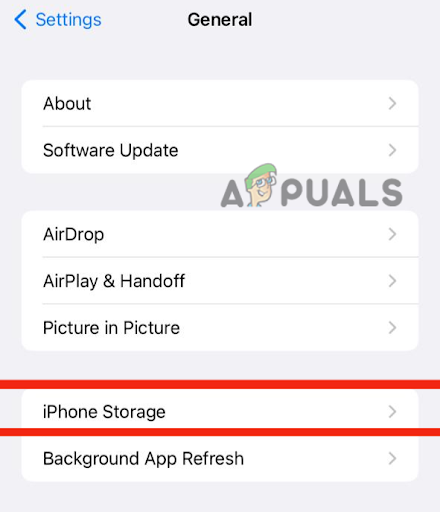
Select iPhone Storage. - You will see recommendations on your device; read the descriptions and turn them on.
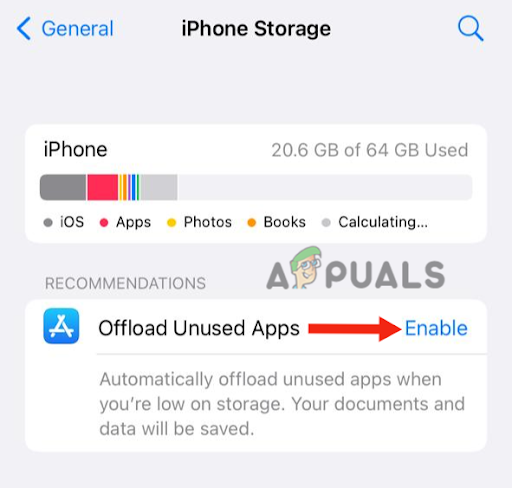
Offload unnecessary apps.
Your device may not always display the recommendation; if that’s the case, or you want to free up more space, you need to follow the steps mentioned below.
- Go to Settings > General > iPhone Storage.
- Scroll down to see the app that is not in use.
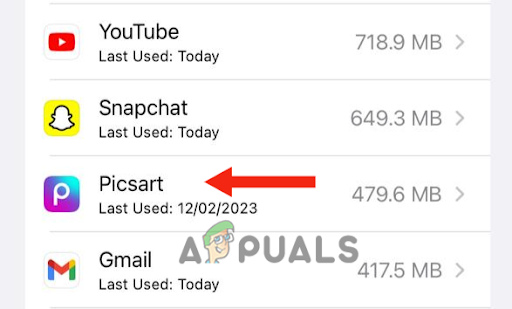
Locate unimportant apps - You can choose to offload the app, which will retain the app’s data and documents while freeing up storage.
- You can also delete the app if it is not in use.
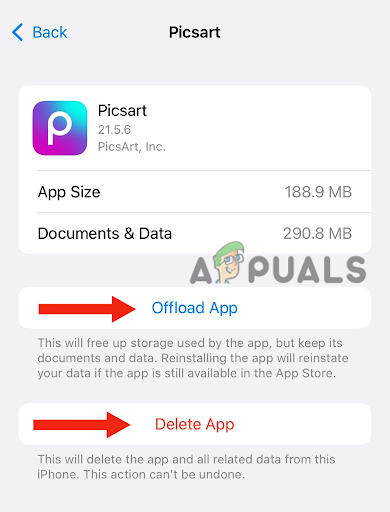
Delete the unimportant apps
Clean up unimportant photos and videos
After removing the apps, proceed to your photos and eliminate all the unimportant photos and videos. Additionally, disable any iOS features not in use, such as Siri, AirDrop, etc. Moreover, delete any unnecessary text messages.
Clean the Safari cache.
In addition, be sure to clear Safari’s cache. To accomplish this, you need to:
- Go to Settings, scroll down, and click on Safari.

Click on Safari - Tap on ‘Clear History and Website Data.’ This will clear all of the browser’s cache.

Tap on Clear History and Website Data
After completing all the steps mentioned above, restart your device once. This will speed up the process and make your phone run more smoothly.
2. Turn off background activities.
Your iPhone may run slowly if there are too many apps running in the background, as all those apps will use disk and RAM space. Eventually, this will affect performance. First and foremost, you need to ensure that not many apps are open in the task manager.
For this, you must tap on the home button (for phones with a home button, such as the iPhone 6) or swipe up from the bottom (for iPhones without a home button, such as the iPhone X) and remove all unused apps. Do this whenever you use your phone.
Furthermore, you need to close the Background App Refresh. Here is a step-by-step guide:
- Go to Settings and tap on General.
- Select Background App Refresh

Tap on Background App Refresh .
- Turn off the toggle.
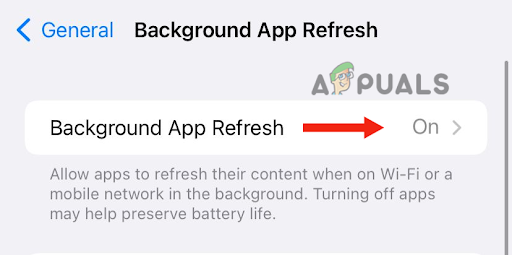
Turn off the toggle - You may also select some important apps and turn off the unimportant ones.
Next, you need to reduce motion, which will also make the performance better.
- Go back to Settings and click on Accessibility.

Go to Accessibility - Next, tap on Motion.
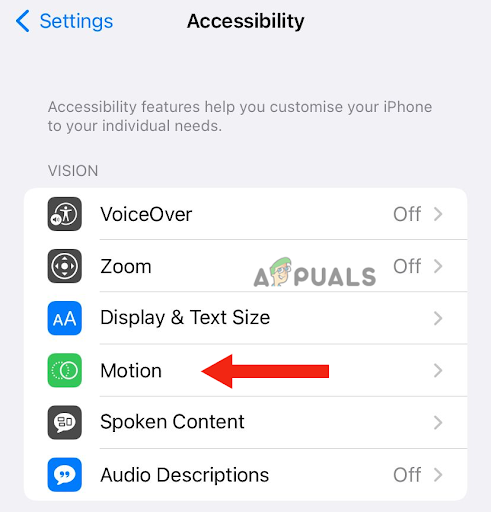
Tap on Motion - Turn on the Reduce Motion toggle.
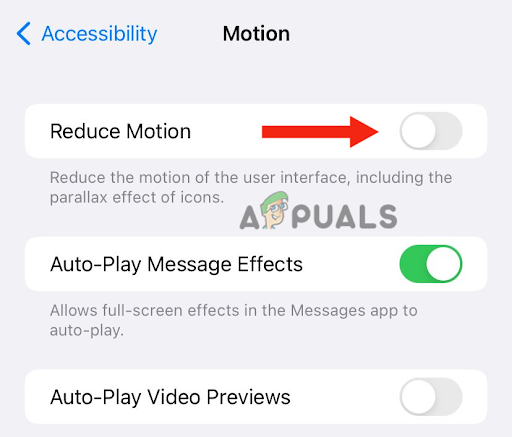
Turn on the Reduce Motion toggle
3. Turn off Low Power Mode.
Low Power Mode on the iPhone is used when your device is running low on battery. It decreases power usage on your iPhone, ultimately improving battery life. If your phone is in Low Power Mode, your battery icon will appear yellow.
This mode also affects the performance of your device, as the system turns off certain features. Moreover, your device will become sluggish because apps will take longer to open. Therefore, if your iPhone is charged, you can turn off this mode.
- Go to Settings, scroll down, and tap on Battery.
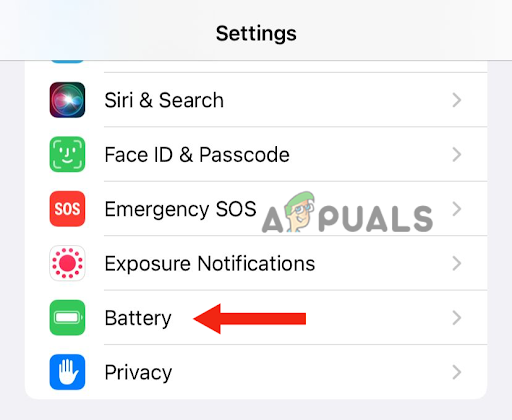
Select Battery - Turn off the toggle in front of Low Power Mode.

Turn off the toggle
4. Erase all content and settings.
A hard reset can solve all the issues resulting in poor iPhone performance. It will restore the phone to its original factory settings. Performing a hard reset on your device will return it to its brand-new condition with improved performance. It will erase all the content from your device; therefore, be sure to back up your data on iCloud.
Moreover, you will be able to multitask on your device without experiencing lagging issues, and the apps on your device will open more quickly than before. Below is the step-by-step method to perform a hard reset:
- Go to Settings and tap on General.
- Next, click on Transfer or Reset iPhone.

Tap on Transfer or Reset iPhone - Now tap on Erase All Content and Settings.

Tap on Erase All Content and Settings - Click on continue.
- Add the passcode that you use to unlock your device.
- Lastly, click on “Erase iPhone” and wait for it to erase.
5. Perform a DFU factory restore.
A DFU (Device Firmware Update) factory restore is an advanced mode that is more effective than the previous method. It enables iPhones to be restored from any state. This mode utilizes iTunes to restore the phone to its original factory settings.
In addition, the DFU, or Device Firmware Update, makes changes to the software and firmware while also updating them to the latest versions. Thus, it solves all the software-related problems.
Performing a DFU restore will erase all the content from your device. Therefore, if you plan to do it, you need to save all your data to iCloud or iTunes. Here is how to perform a DFU factory restore:
- Use a lightning cable to connect your iPhone to a computer.
- Press the volume up button and immediately release it.
- After this, do the same with the volume-down button.
- Press and hold the side button, and do not release it until your phone shuts down.
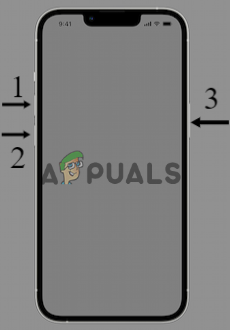
Press and hold the side button until your phone shuts down - Continue holding the side button; when the screen turns completely black, press and hold the volume-down button for 5 to 7 seconds.
- Next, release the side button without releasing the volume down button. After a few seconds, your iPhone will appear on the PC. The screen of your device must be completely black; if you see anything on it, such as an Apple logo, it is not in DFU mode.
- You will see a pop-up notification on your PC; click on OK.
- Then, click on ‘Restore iPhone.’
After this, your phone will be restored. Next, to exit DFU factory mode, you will need to perform a force restart.
- Press and release the volume up button immediately.
- Press and release the volume down button immediately.
- Press the side button and hold it for a few seconds until the Apple logo appears on the screen.
- After this, release the button.
6. Turn on ‘Reduce Transparency.’
Turning on the “Reduce Transparency” mode will not only help you fix your sluggish iPhone performance, but also increase the battery life. It changes the screen contrast while reducing screen transparency and blurring some backgrounds on your device. This means that backgrounds, keyboards, etc., will be set to a dark contrast. Ultimately, it will enhance legibility.
- Go to Settings, scroll down, and tap on Accessibility.
- Now click on Display & Text Size.

Tap on Display & Text Size. - Turn on the Reduce Transparency toggle.
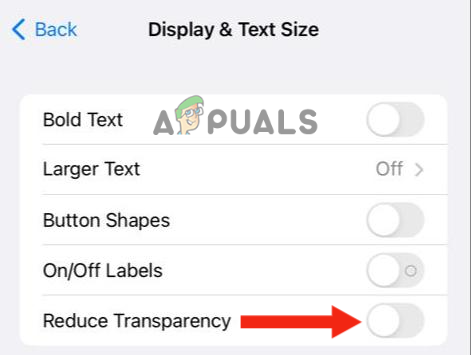
Turn on the Reduce Transparency toggle - After doing this, restart your device and see if this method works.
If you have tried all of the above methods and none of them work, you need to contact Apple Support and ask for a solution. You may also ask for a replacement if your device is under warranty. Additionally, check the battery health of your iPhone; if it is not sufficient, you need to replace it.





